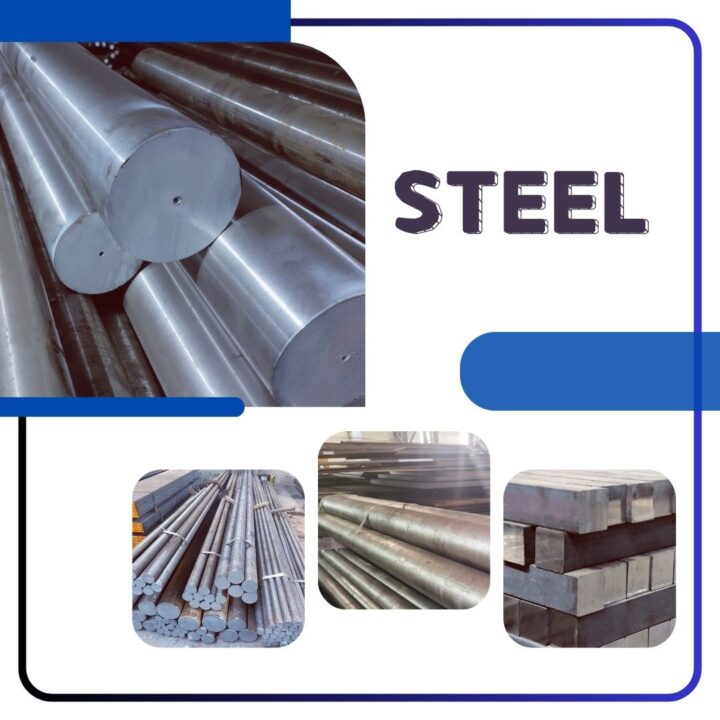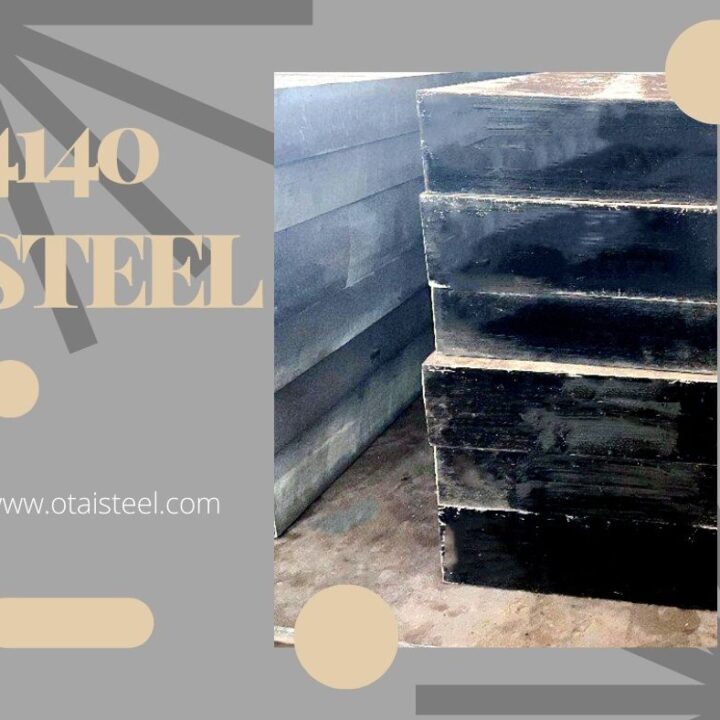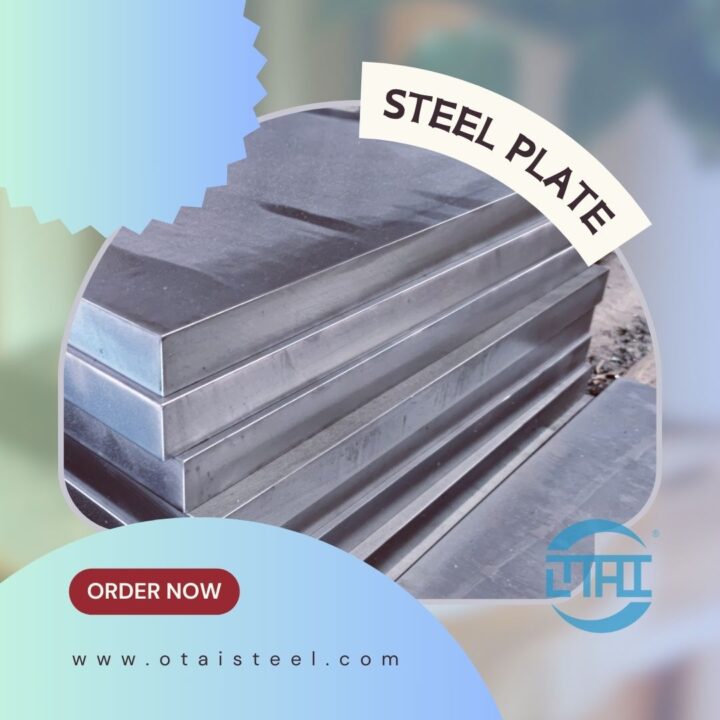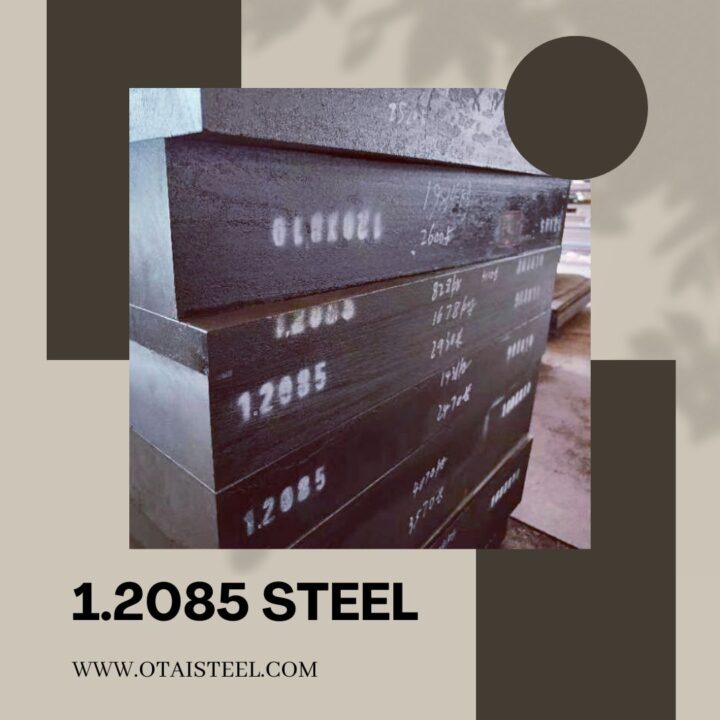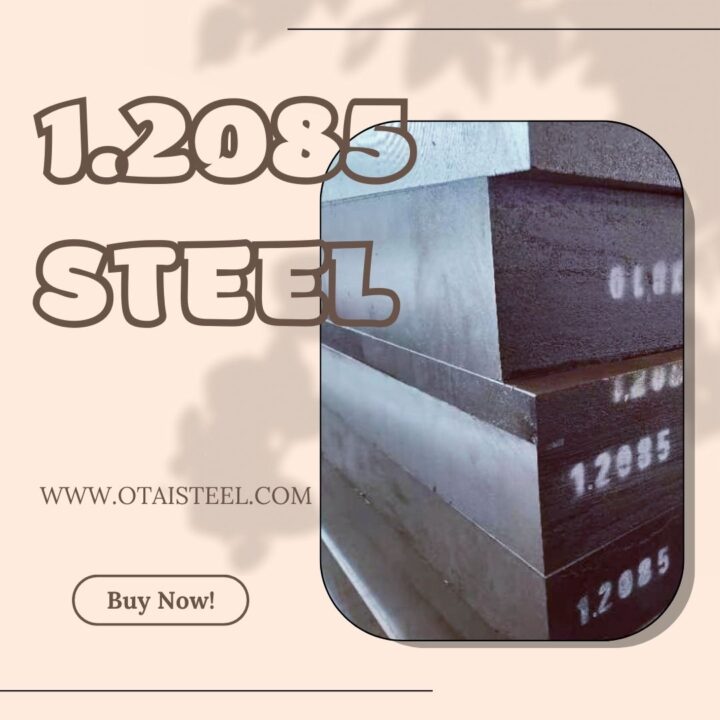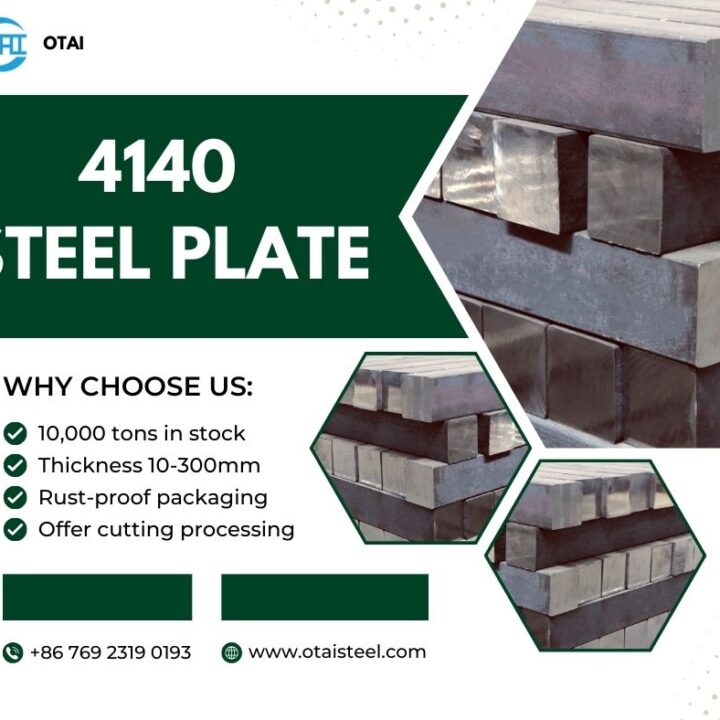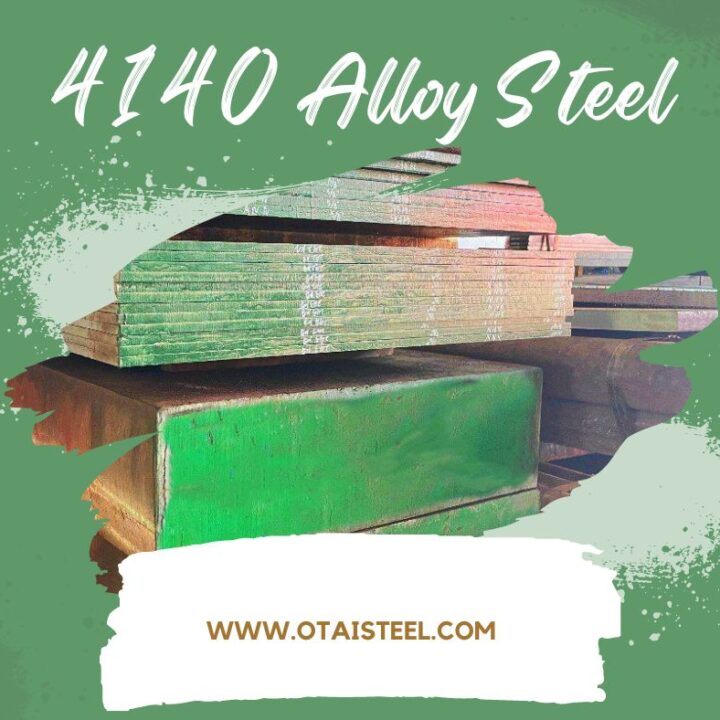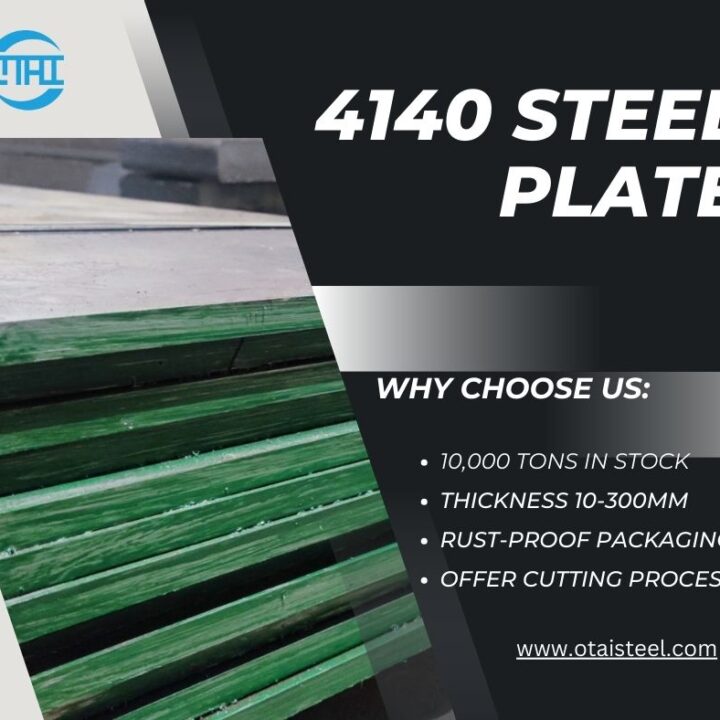Comparing 4140 Steel Plate to 4145H Material: Which is the Best Choice?
When it comes to selecting the right steel material for your project, it’s crucial to consider various factors to ensure optimal performance and durability. Two popular options that often come up in discussions are the 4140 steel plate and 4145H material.
Composition and Properties
4140 steel plate is a versatile alloy steel that contains chromium, molybdenum, and manganese. The chromium content provides excellent hardness and wear resistance, while the molybdenum enhances its toughness and high-temperature strength. Additionally, the manganese content improves hardenability and machinability. This combination of elements makes 4140 steel plates suitable for a wide range of applications, including machinery parts, automotive components, and tooling.
4145H steel Similar to 4140 steel plate, 4145H material is alloy steel with chromium and molybdenum as its primary alloying elements. However, it also contains a higher amount of carbon, which increases its hardenability and strength. This material is often used in demanding applications such as oil and gas drilling tools, where exceptional strength and resistance to heat and corrosion are required.
Strength and Toughness
With its balanced composition, the 4140 steel plate offers impressive strength and toughness properties. It has good fatigue strength, making it suitable for applications subjected to repetitive stress. The combination of high hardness and toughness allows 4140 steel plates to withstand heavy loads, impact, and abrasive environments effectively.
4145H material boasts excellent strength characteristics, primarily due to its higher carbon content. This material is specifically designed for applications that demand exceptional strength, such as drill collars and heavy-duty shafts. Its enhanced hardenability enables it to achieve high levels of strength through heat treatment, making it a preferred choice in industries where extreme conditions are encountered.
Machinability and Weldability
One of the significant advantages of the 4140 steel plate is its excellent machinability. It can be easily machined using conventional methods, which contributes to increased productivity and reduced manufacturing costs. Additionally, 4140 steel plate exhibits good weldability, allowing for the fabrication of complex structures and components.
While 4145H material is not as readily machinable as 4140 steel plate, it can still be machined with proper techniques and tools. However, its higher carbon content and alloying elements make it slightly more challenging to work with compared to the 4140 steel plate. Similarly, the weldability of 4145H material requires careful consideration and specialized procedures to ensure satisfactory results.
Applications
Due to its versatile nature, the 4140 steel plate finds applications in various industries. It is commonly used in the manufacturing of gears, shafts, couplings, and other machinery components. Its excellent combination of strength, toughness, and wear resistance makes it suitable for heavy-duty applications in sectors such as automotive, construction, and aerospace.
4145H Material’s high strength, heat resistance, and corrosion resistance properties make it an ideal choice for components. Such as drill collars, downhole tools, and heavy-duty shafts used in oil and gas drilling operations. The exceptional performance of 4145H material in these harsh environments ensures reliability and longevity, even under tremendous stress and exposure to corrosive fluids.
Comparison and Selection Factors
Several factors should be taken into account to determine the best choice for your specific application:
1. Strength Requirements: Consider the level of strength needed for your project. If you require exceptional strength and hardness, especially in high-stress situations, 4145H material is an excellent option. On the other hand, if you need a balance between strength and toughness without compromising machinability, the 4140 steel plate is a reliable choice.
2. Heat Treatment: Both materials can be heat treated to enhance their properties. However, 4145H material offers higher hardenability, allowing for more significant improvements in strength through heat treatment. If your application requires the ability to achieve specific hardness levels, 4145H material may be more suitable.
3. Machinability: If ease of machining is crucial for your project, the 4140 steel plate is the preferred choice. Its composition and lower carbon content make it more readily machinable, reducing production time and costs. However, if machinability is not the primary concern and superior strength is required, 4145H material can still be machined with proper techniques.
4. Application Requirements: Evaluate the specific requirements of your application. Consider factors such as corrosion resistance, wear resistance, and fatigue strength. While both materials offer excellent properties in these areas, the slight differences in composition and hardenability may make one more suitable for your particular needs.
Choosing between 4140 steel plate and 4145H material depends on your project’s specific requirements. While 4140 steel plate offers a balanced combination of strength, toughness, machinability, and versatility, 4145H material excels in extreme conditions that demand exceptional strength and heat resistance. Carefully assess your application needs and consult with experts to make an informed decision.
